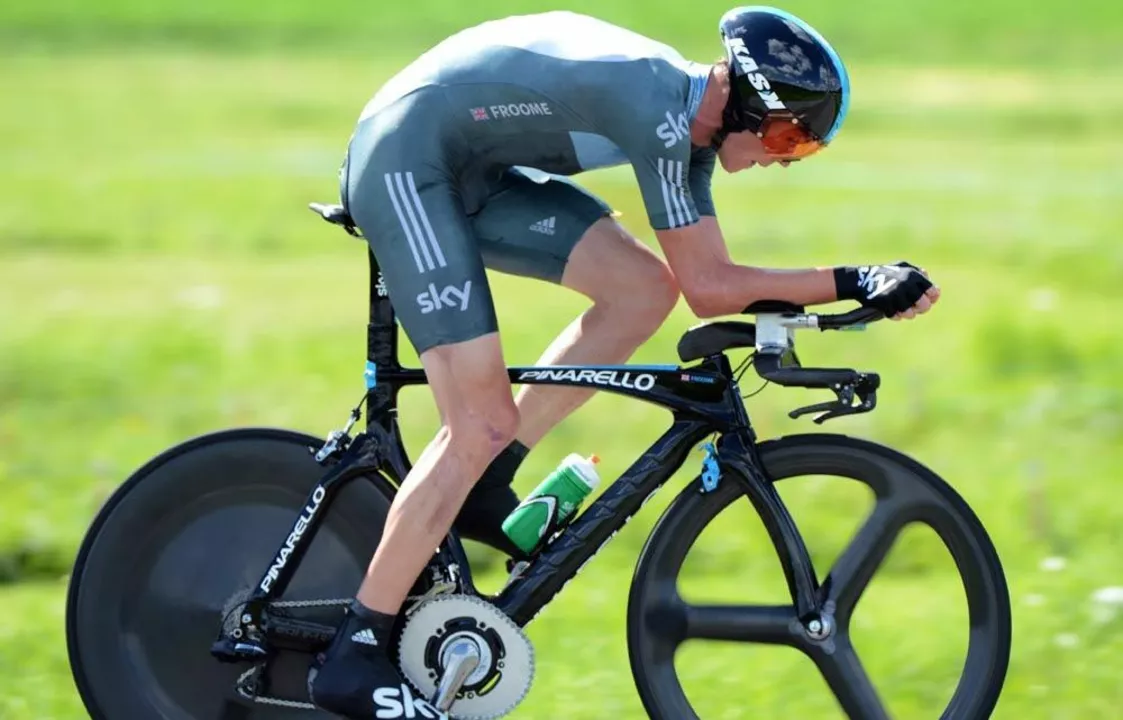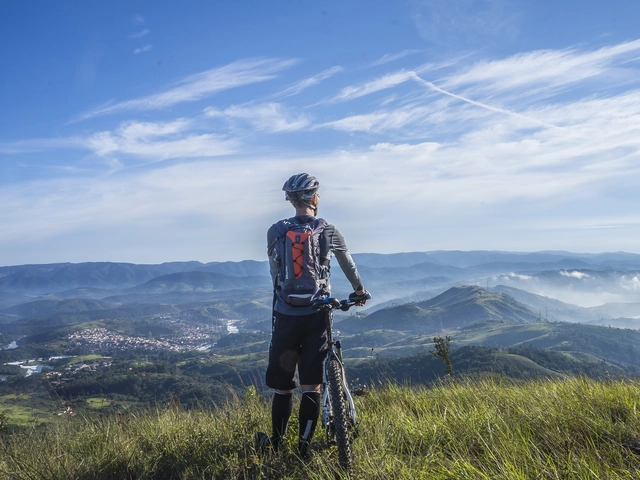Competitive Cycling: What You Need to Know
If you’ve ever watched a race and felt the rush of speed, you already know why competitive cycling is addictive. It’s not just about fast legs; it’s about strategy, gear, and the community that pushes you to ride harder. In this guide we’ll cover the basics of getting started, what to expect on race day, and the big question of whether the sport is truly green.
Getting Started in Race Cycling
First thing you need is a bike that matches the kind of races you plan to do. Road races demand a lightweight frame, narrow tires, and clipless pedals that keep power flowing. If you’re into off‑road events, look for a mountain bike with sturdy suspension and wider tyres. Don’t worry about buying the most expensive model right away; a solid mid‑range bike will do the job as you learn the ropes.
Next, fit your bike. A comfortable saddle height and a handlebar position that lets you stay aero without hurting your back are crucial. A proper fit can shave minutes off your time and keep you injury‑free. Most local bike shops will do a quick fitting for free or a small fee.
Training is the heart of competitive cycling. Start with a base of steady rides two to three times a week, building up mileage slowly. Once you have a solid base, add interval sessions: short bursts of high effort followed by easy recovery. Aim for one interval day, one long ride, and one recovery ride each week. This mix improves both endurance and speed without burning you out.
Nutrition matters too. Eat a balanced meal with carbs and protein before a hard workout, and refuel within 30 minutes after riding. Simple foods like a banana and a handful of nuts work great. Hydration is non‑negotiable; carry a bottle and sip regularly, especially in warm weather.
When you feel ready, sign up for a local criterium or club ride. These events are low‑pressure ways to experience race dynamics—drafting, cornering, and sprint finishes. Arrive early, introduce yourself to the race director, and learn the route. Knowing where the bottlenecks are can save you a lot of time.
Is Competitive Cycling Really Green?
People love to call cycling a green sport because it’s human powered. On a single ride you emit zero tailpipe emissions, and you get a solid cardio workout for free. However, the competitive side adds layers that can dilute that green image.
Travel is the biggest hidden carbon source. Teams often fly to national championships or even overseas tours, packing bikes, gear, and support vehicles. Those flights add up quickly. If you’re looking to keep your racing footprint low, favor local events and use public transport or car‑share to get there.
Equipment production also has an impact. New frames, carbon wheels, and high‑tech apparel require energy and raw materials. The good news is that many brands now offer recycling programs and use renewable energy in factories. When you upgrade, consider buying a gently used bike or selling your old gear instead of tossing it.
Race organizers can make a difference too. Look for events that recycle waste, use renewable power for timing systems, and encourage riders to use refill stations instead of disposable bottles. Supporting these races helps push the whole sport toward greener practices.
Bottom line: competitive cycling can be green if you make conscious choices—ride local, reuse gear, and back eco‑friendly events. The sport itself is low‑impact; it’s the surrounding logistics that need attention.
Ready to jump in? Grab your bike, set a realistic training plan, and start exploring the race calendar in Skipton and beyond. Whether you chase a podium or just want to feel the thrill of a group sprint, competitive cycling offers a mix of fitness, fun, and community. Keep an eye on the environmental side, and you’ll be part of a sport that’s fast, fair, and increasingly friendly to the planet.

What are some basic tactics in competitive road cycling?
Road cycling is a challenging and highly competitive sport. To be successful, riders must employ a variety of tactics to gain an edge over their competitors. These tactics include using drafting techniques to reduce wind resistance and conserve energy, timing accelerations to break away from the pack, and optimizing gear ratios for the terrain. Other tactics include studying the course beforehand, making the most of rest periods, and choosing the right tires. With the right tactics and a bit of luck, competitive road cyclists can achieve great success.
View More



